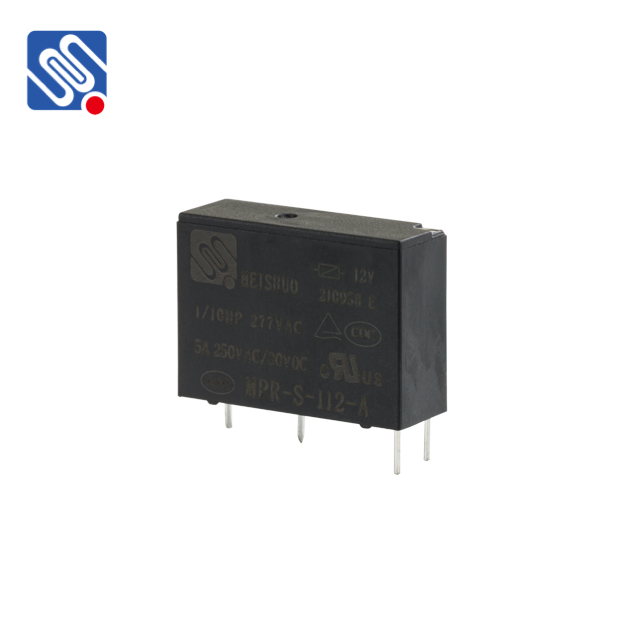Relay stability is a critical concept in the field of control systems, particularly when dealing with systems that use relays to switch between different states. While relays are widely used for their simple and cost-effective operation, their inherent characteristics can sometimes introduce instability or undesirable oscillations in a system. Understanding and managing relay stability is essential to ensure that these systems function effectively and reliably, especially in applications that demand precision and safety.

Understanding Relays and Their Function in Control Systems A relay is an electrically operated switch that opens or closes contacts to control a circuit. In control systems, relays are commonly used to manage processes such as temperature regulation, pressure control, and motor protection. They are favored for their simplicity, reliability, and ability to handle large currents or voltages with low-power control signals. However, relays exhibit certain nonlinear behaviors, such as hysteresis and dead-zone effects, which can impact the performance of the control system. The inherent switching characteristics of relays – where they switch on or off only when a threshold value is reached – can introduce challenges in maintaining stable and smooth system responses.